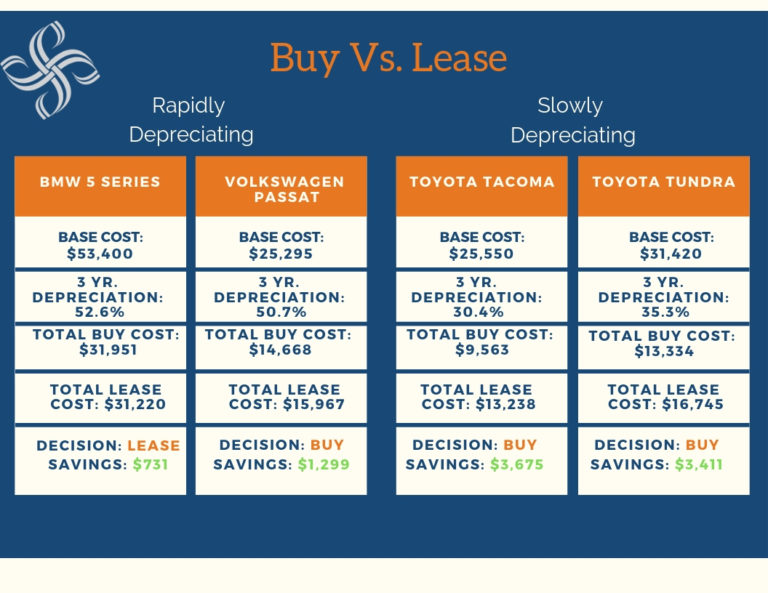Working From Home: Can I Deduct That?

This summer as I’ve flipped the April, May, and June pages in the 2020 paper calendar, filled with photos featuring kids’ and grandkids’ events from 2019, I’ve wondered what photos will fill my 2021 Shutterfly calendar: making sourdough bread, more photos of dogs than grandkids, and photos of finally finished jigsaw puzzles? Who thought we’d still be sheltering in place?
Today is day 124 at home. During the first 48 days, I took over the dining room at home in Greensboro, and Jonathan set up in the study. On day 49, he and I moved our offices to our cabin on Lake Tillery, hoping the broadband could accommodate the data handling and zoom conferences and for the most part, it has.
If the pandemic completely changed what your workday looks like, you’re in good company. Forty-three percent of working adults, so far, have transitioned to remote workspaces due to COVID-19. Adapting to new workspaces isn’t easy or seamless, particularly with many logistical considerations, pay cuts, and furloughs.
If you are one of the many newly transitioned working-from-home persons, it might make sense to determine if you qualify for a home office tax deduction. In reality, this tax deduction can prove to be a bit tricky.
What Is a Home Office Deduction?
The home office deduction allows you to translate the expenses of using your home as an office into a tax cut. In other words, it might take into account the fraction of space you use to work, mortgage interest or rent, insurance, utilities, repairs, or depreciation. There are two requirements for individuals to qualify:
1. Regular and exclusive use: The use of a portion of your home for business must be regular and exclusive. The work area cannot double as a personal space.
2. Principal place of your business: Your home must be the principal location at which you conduct business. According to the IRS, you must show that you use your home as your principal place of business. If you conduct business at a location outside of your home, but also use your home substantially and regularly to conduct business, you may qualify for a home office deduction.
The home office deduction is meant to apply to self-employed individuals, not employees. To be clear, since “self-employed” could also go by many other names, this applies to
· Sole proprietors and independent contractors
· Members of partnerships that carry on a trade/business
· Other individuals in business for themselves
Under Our Current Tax Policy
Despite increasing deduction amounts, many individual tax cuts were not included in the Tax Cuts and Jobs Act of 2017, such as home office deductions for employees. If you’re self-employed, chances are you may already be taking the deduction. If you’re a W-2 employee, however, it’s no longer possible. Unfortunately, that means a lot of workers transitioning to remote work cannot take the deduction.
What if I Qualify?
If you fit into the self-employed category described earlier, you might want to examine whether you will be able to take advantage of the home office deduction.
The IRS offers two options to calculate your deduction: the regular method and the simplified option. The regular method requires you to compute your home office expenses. The new simplified option simply multiplies a prescribed rate by square footage, along with some other stipulations. Again, you’ll have to prove regular and exclusive use, as well as this being the principal place of your business to the IRS.
If you believe you qualify for the deduction, we strongly recommend that you consult your financial planner or tax professional.
What if I Don’t Qualify?
There’s still hope for employees who don’t qualify for the home office deduction. Check with your CPA to see if you are eligible to deduct unreimbursed business expenses from your state income tax. Some states may deduct expenses for home offices if certain requirements are met.
Altogether, don’t be discouraged if you can’t get the deduction. The switch to remote work in response to COVID-19 might well be short term. Or if it is long term, it should be beneficial financially in wardrobe savings, commuting savings, plus you may find that working from home has many other benefits you can’t put on a balance sheet.
For instance, we have a mama duck who, about every other year, lays eggs in a planter on our dock. Before sheltering in place, we’ve only been able to check nesting progress on weekends, but now we’ve been able to peek in daily. I would have never dreamed we would be able to spend the summer here while working full time. We have missed in-person visits with friends and clients, but since sheltering in place prevents seeing them, it sure has been fun to visit with ducks.









